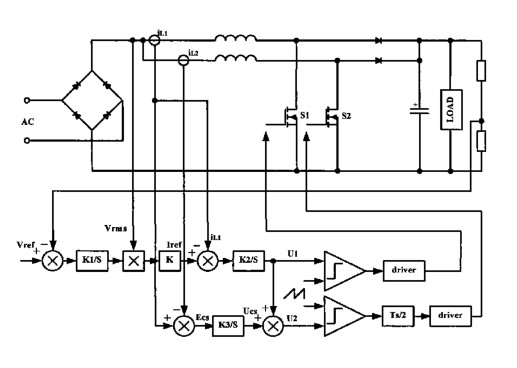T
treez
Guest
Hello,
We wish to put two CCM Boost PFC stages in parallel and still ensure they each supply the same current.
We are using LT1248 PFC controller.
LT1248 datasheet
http://cds.linear.com/docs/en/datasheet/1248fd.pdf
In order to ensure that one doesn’t end up supplying all the current, we must bring the voltage error amplifier out of the chip and convert the internal voltage error amplifier into a mere follower by shorting the VAOUT and VSENSE pins.
However, the internal voltage error amplifier has a diode in series with its inverting pin. Does this mean that we can’t connect it as a follower (opamp buffer)?
We wish to put two CCM Boost PFC stages in parallel and still ensure they each supply the same current.
We are using LT1248 PFC controller.
LT1248 datasheet
http://cds.linear.com/docs/en/datasheet/1248fd.pdf
In order to ensure that one doesn’t end up supplying all the current, we must bring the voltage error amplifier out of the chip and convert the internal voltage error amplifier into a mere follower by shorting the VAOUT and VSENSE pins.
However, the internal voltage error amplifier has a diode in series with its inverting pin. Does this mean that we can’t connect it as a follower (opamp buffer)?
